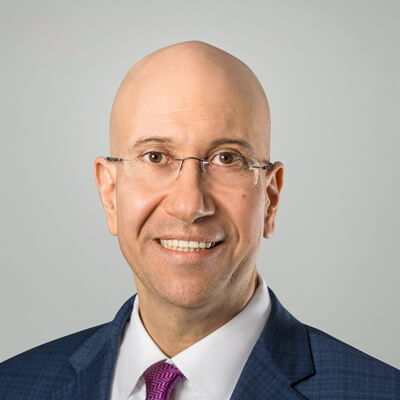Originally Published in

February 15, 2022
By Shimon Shkury, Ariel Property Advisors
Read The Article on Forbes
The multifamily asset class is considered the lifeblood of real estate investing in New York City and for decades has been the most stable asset class. Yet, when the political (namely HSTPA 2019) and public health environments turned adverse, the bet on multifamily was suddenly no longer safe. Amid industry shock, the vacancy rate and several other market indicators looked like an EKG of a heart attack. Consequently, multifamily investment in New York City slowed its activity considerably in 2019 and 2020.

Shimon Shkury,
President and Founder,
Ariel Property Advisors

Toward the end of 2020, the market bottomed out when the median Manhattan rent dropped below $2,800 and the vacancy rate rose above 5%. People came back, partially due to the low rents (by New York standards), but lower rents can’t sustain a long-term investment strategy.

Yet, as can be seen in the graph above, the rollout of the vaccine created a tipping point, and multifamily price per square foot almost immediately began to climb back toward pre-pandemic numbers.

During 2021, the vacancy rate dropped below 2% and residential rents grew by a staggering 24%. The investment community followed suit and ended the year with $8.03 billion in multifamily transactions, 72% above 2020 levels. The fourth quarter of 2021 tells a strong story of recovery and investment activity in the multifamily sector. Research shows that the 4th quarter of 2021 saw $3.66 billion in multifamily sales activity, the highest quarter in three years.
Affordable housing, luxury apartments and rent-stabilized buildings were all vital in the recovery due to their stability. Brooklyn and Manhattan led the way in the luxury apartment segment with RXR’s $220 million purchase of the residential portion of 87 Jay Street in Dumbo and Stonehenge Management’s $134.5 million purchase of 920 Park Avenue in the Upper East Side. In addition, the momentum will carry into 2022 with two major luxury buildings in contract. The American Copper Building is reportedly set to sell for $850 million to Black Spruce Properties and the Gehry Apartments to Blackstone for $930 million.
The Affordable Housing segment did well during the pandemic and 2021 was no different. It represented 25% of all multifamily dollar volume and produced some of the largest transactions in the city. The Starrett City Portfolio, which was purchased by Rockwood and Brooksville and the Bronx 2k Portfolio which was purchased by Invesco and Fairstead amassed total capitalization numbers of $1.8BB and $350MM respectively. These were the #1 and #3 transactions in terms of total consideration in the multifamily segment. The underlying desire to invest in that sector did not change. Investors are looking for more certainty in collections, taxes and financing in addition to having a mission driven investing approach in many cases.
Lastly, predominantly rent stabilized buildings were missing from the transaction volume for the most part during the second half of 2019 and during 2020. This multifamily segment showed signs of recovery and pricing clarity during 2021. As a result, $3 billion of predominantly rent stabilized multifamily buildings traded last year, compared to $1.6 billion in 2020. Some examples are Blackshore Realty’s $122 million sale of 778 residential units and Black Spruce Properties’ purchase of the Briarwood Portfolio for $87.2 million.
The Value of Being Undervalued
Momentum in the multifamily asset class has been strong and we know of several larger transactions that are already in contract and should close in 2022. However, pricing is still well below the average of the past decade and presents another investment growth opportunity for New York City. Looking back at Manhattan’s price per square foot, minimal growth (2%) is seen in the multifamily sector in the past two years.
National pricing for multifamily improved as cap rates went down over the course of the pandemic. In New York City, the opposite occurred, and for the first time in decades you can see an inverted curve between New York City’s multifamily and National multifamily pricing as they take very different paths.

This is yet another reason to substantiate the observation that the multifamily industry in NYC is undervalued today. The market here in the City stands out from national trends yet investors continue to see these assets as stable and cost-effective additions to their portfolios. With growth and confidence in many sectors of the market, we believe that multifamily pricing in New York City will continue to grow significantly in the next 18 to 24 months and represents a robust opportunity for investors and real estate professionals moving forward.
More information is available from Shimon Shkury at 212.544.9500 ext.11 or e-mail sshkury@arielpa.com.